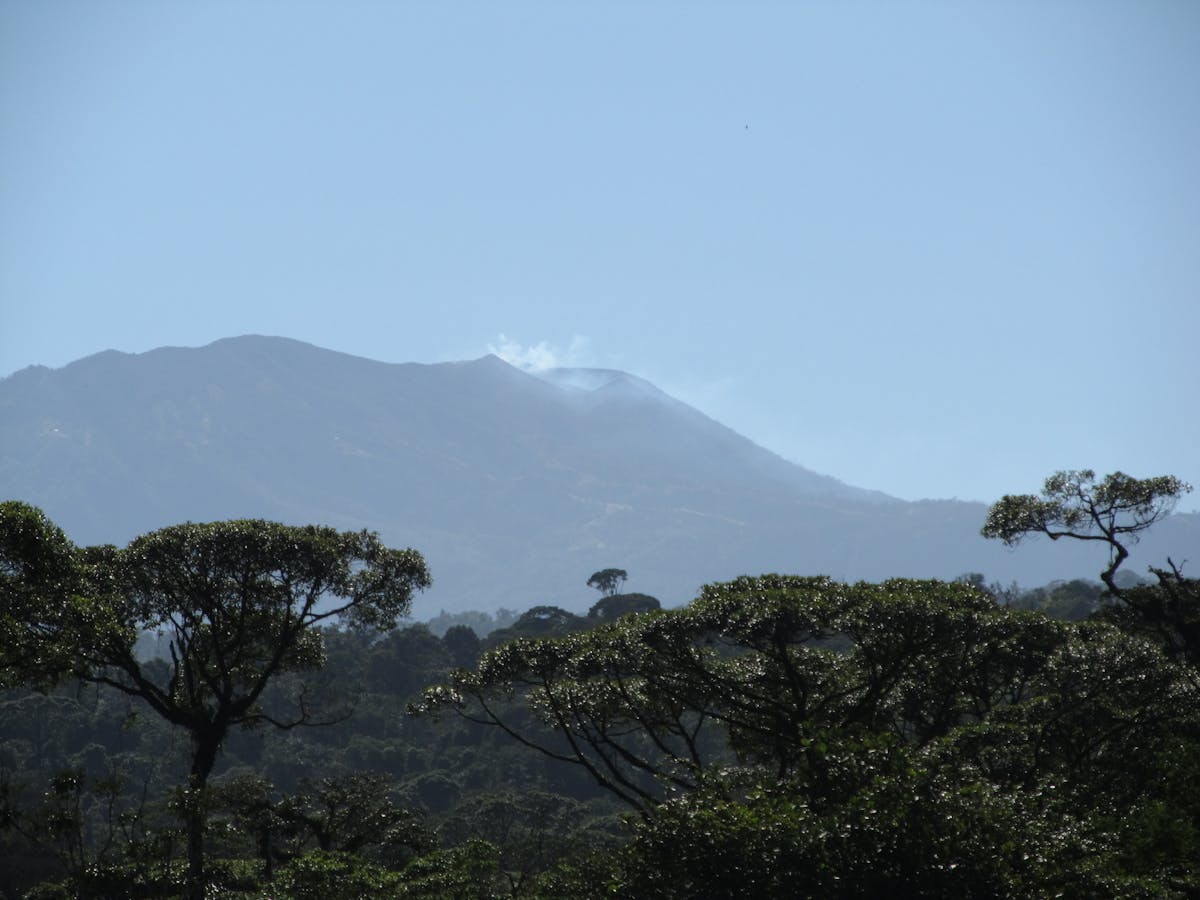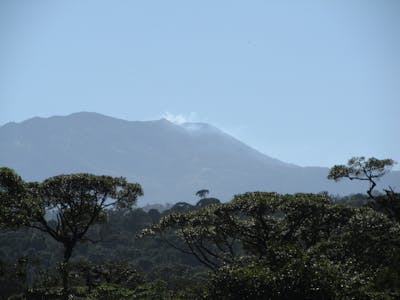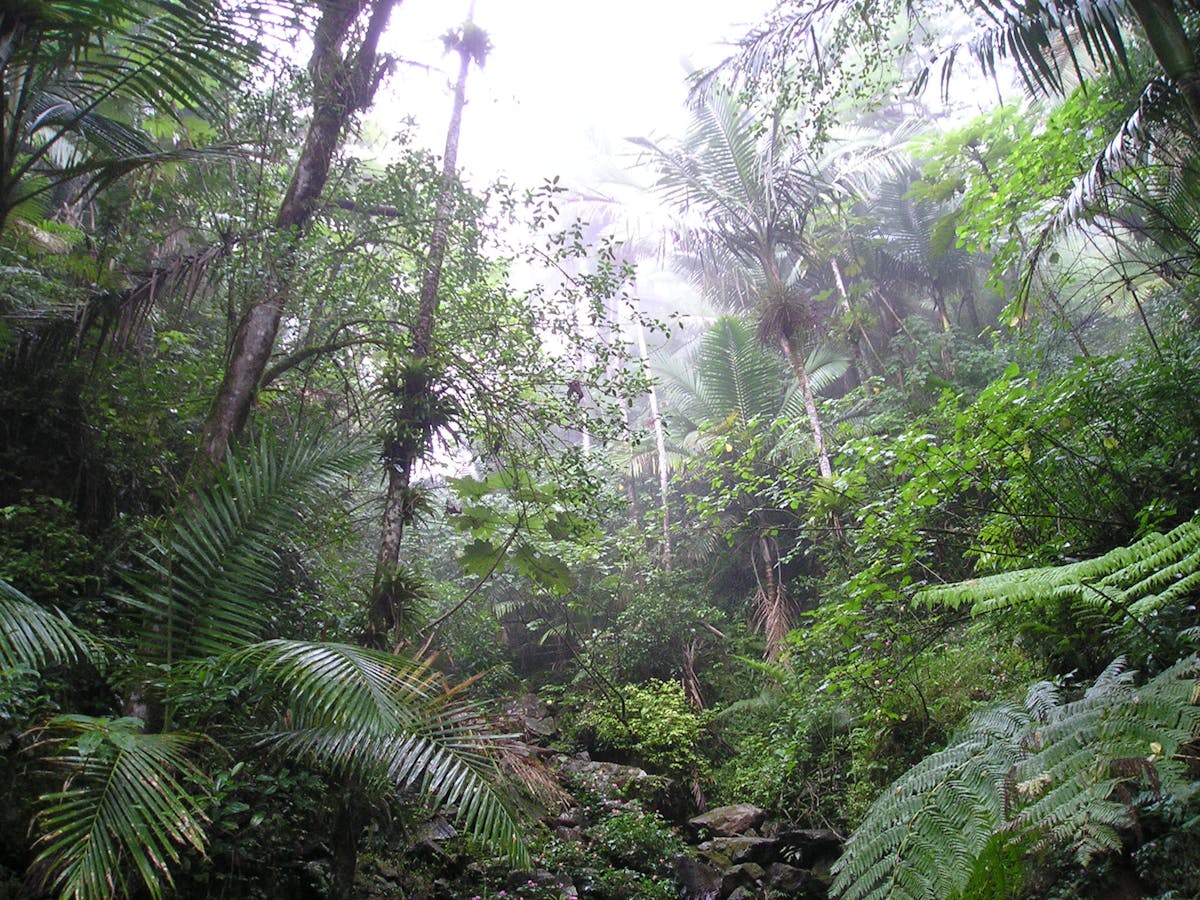Central America
The Central America realm is the upper section of the Neotropics with two major subrealms—Central America and the Caribbean—containing six bioregions in total as defined in the One Earth Bioregions Framework. In Central America, there are five main bioregions running the length of the tapering isthmus that separates the Pacific Ocean and the Caribbean Sea. The southernmost of these bioregions, associated with the Isthmus of Panama, extends into Colombia to include its adjoining coastal forests. A small group of subtropical islands below the Baja Peninsula form their own unique bioregion just to the west of Mexico. The Caribbean Islands subrealm consists of one large bioregion, which includes the flooded grasslands and mangroves of southern Florida.

-
-
Central American Isthmian & Colombian Coastal Forests (NT24)
Total Land Area (1000 ha): 27,277 Number of Ecoregions: 11 Protection Target: 64% Protection Level: 3The Isthmian & Colombian Coastal bioregion, located in the Central America (Neotropical) realm, consists almost entirely of dense tropical forests with dry coastal forests surrounding Panama Bay and the Gulf of Parita on the southern side of the Isthmus of Panama. It contains 11 ecoregions.
-
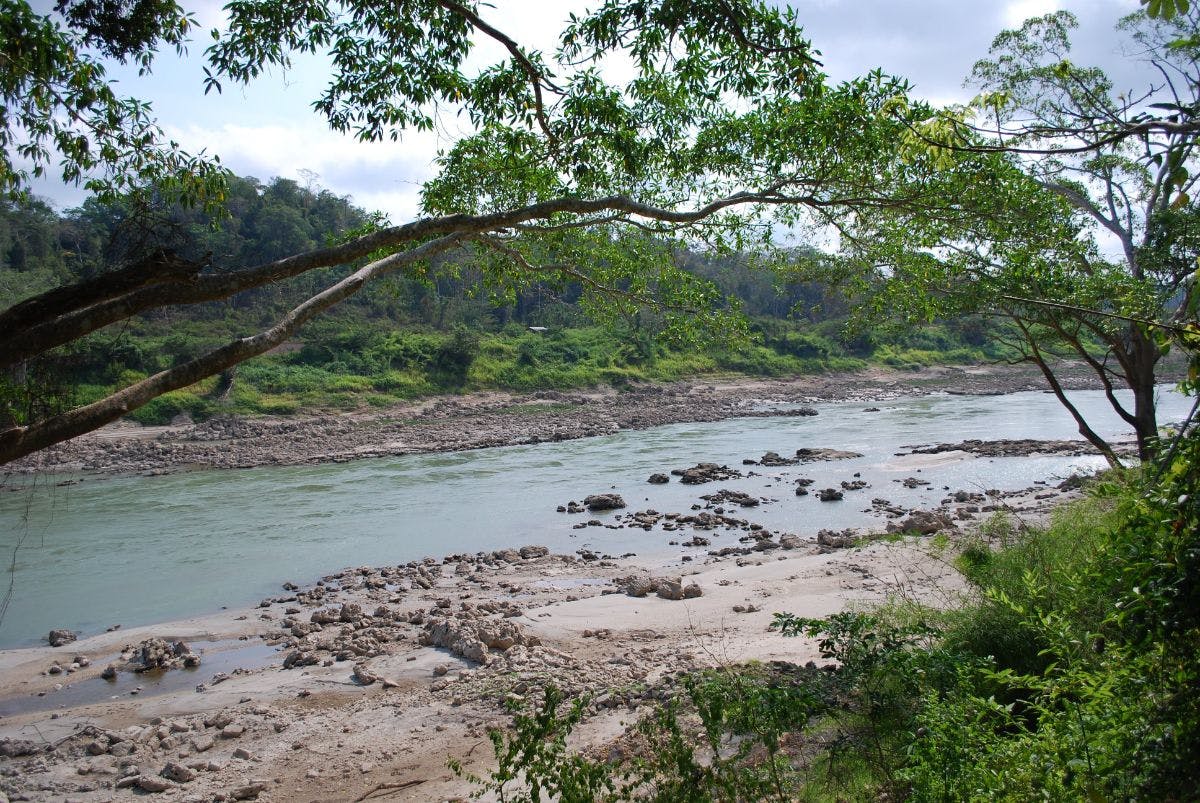
Yucatan & Veracruz Mixed Forests (NT27)
Ecoregion Size (1000 ha): 38,744 Number of Ecoregions: 10 Protection Target: 55% Protection Level: 4The Yucatan bioregion, located in the Central America (Neotropical) realm, extends from the Petén Basin in central Guatemala to the beginning of the dry mesquite woodlands (mezquital) in northern Mexico, contained between the Eastern Sierra Madre mountain range and the Caribbean coast. It contains 10 ecoregions.
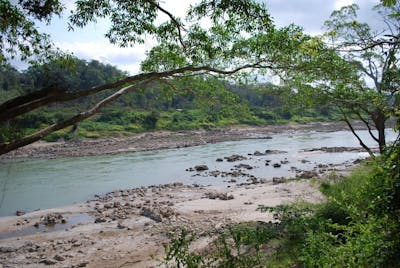
-
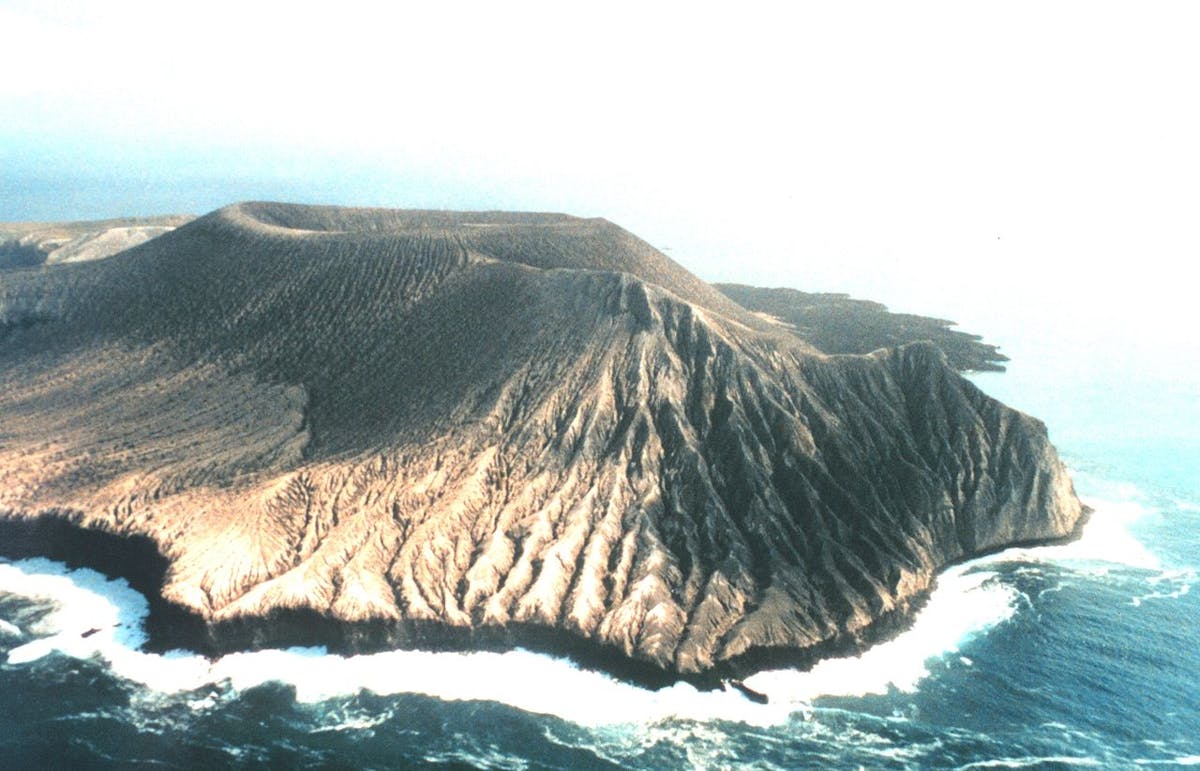
Mexican Subtropical Islands (NT29)
Total Land Area (1000 ha): 24 Number of Ecoregions: 2 Protection Target: 88% Protection Level: 10The Mexican Islands bioregion, located in the Pacific Ocean at the top of the Central America (Neotropical) realm, includes the Islas Revillagigedo just below the Baja California Peninsula as well as Clipperton Island farther south. It contains two ecoregions as well as an important marine protected area proposed for the waters surrounding Clipperton Island.
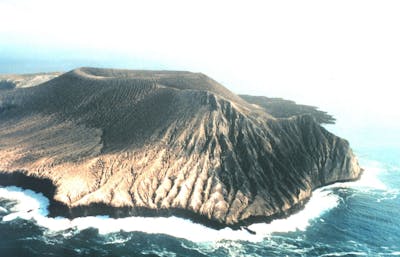
-
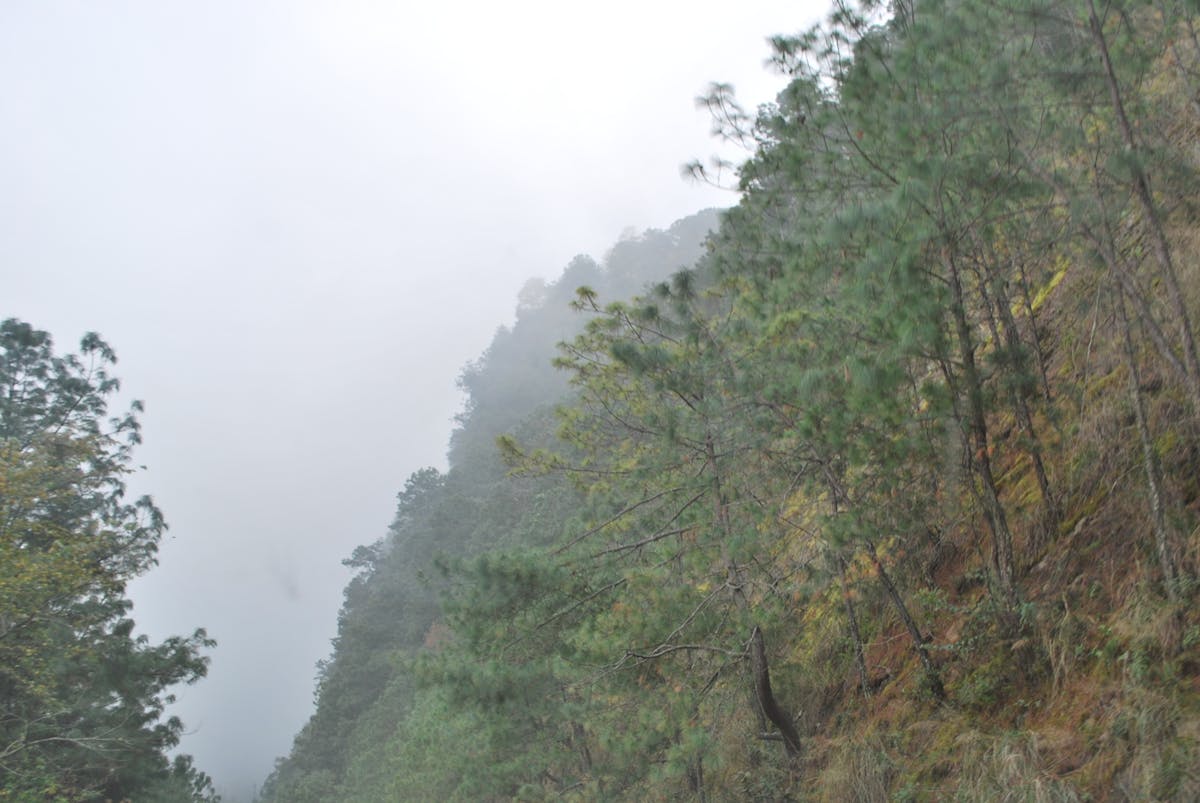
Mexican Dry & Coniferous Forests (NT28)
Total Land Area (1000 ha): 44,945 Number of Ecoregions: 14 Protection Target: 32% Protection Level: 3The Mexican Dry & Coniferous bioregion, located in the Central America (Neotropical) realm, starts at the Isthmus of Tehuantepec and includes most of the western Sierra Madre mountain range, running the entire length of Mexico’s Pacific coast. It contains 14 ecoregions.
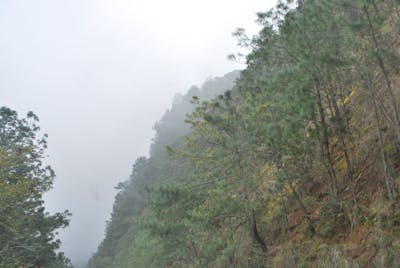
-
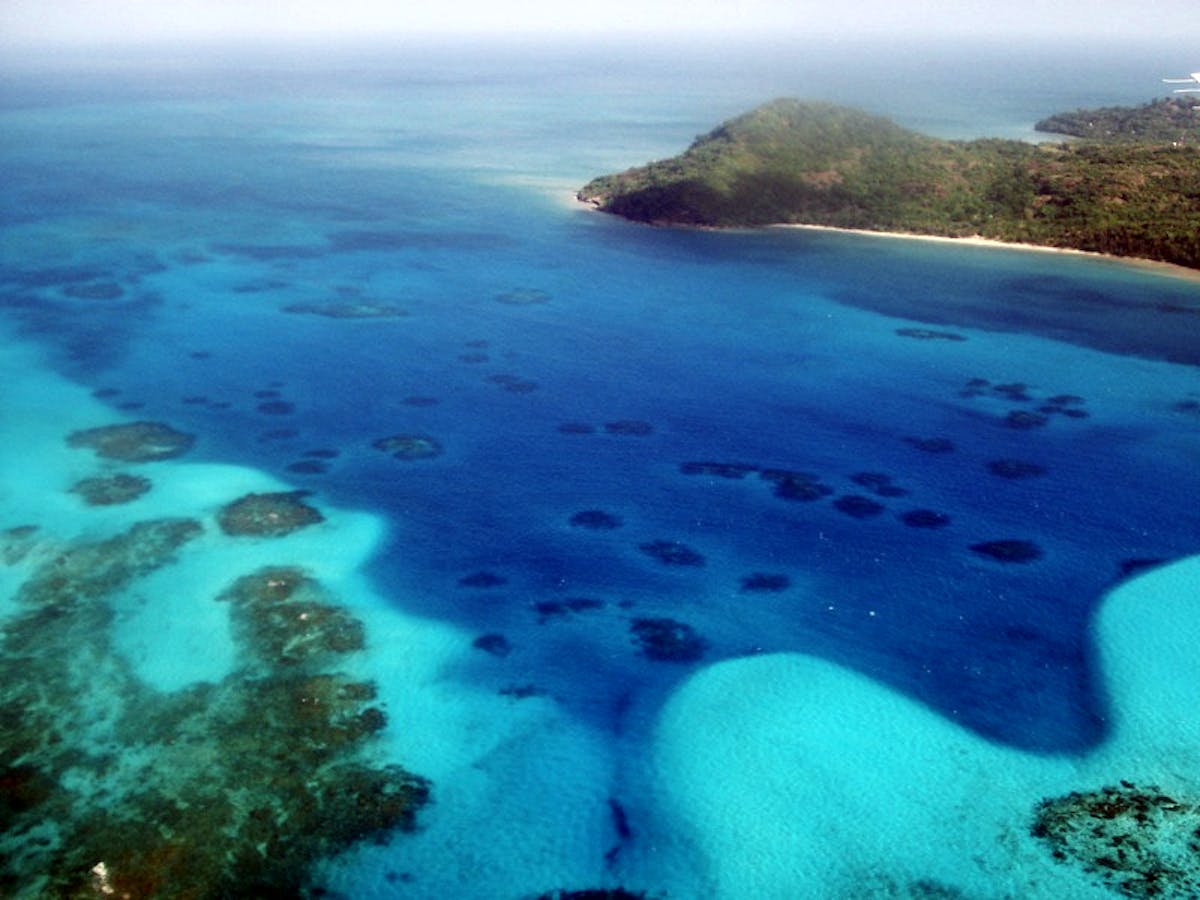
Central American Mixed Forests (NT25)
Total Land Area (1000 ha): 36,709 Number of Ecoregions: 14 Protection Target: 57% Protection Level: 1The Mixed Forests bioregion, located in the Central America (Neotropical) realm, covers most of Nicaragua, Honduras, El Salvador, and the mountain highlands of southern Guatemala. It consists of a series of complex interlocking tropical biomes – from pine forest/grasslands and moist forests in the east to coniferous and dry forests in the west. The bioregion contains 14 ecoregions.
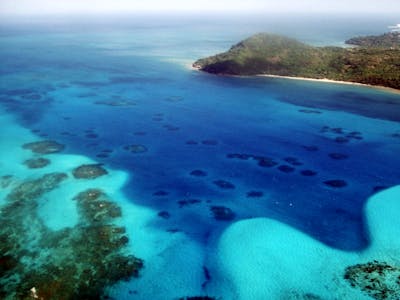
-
